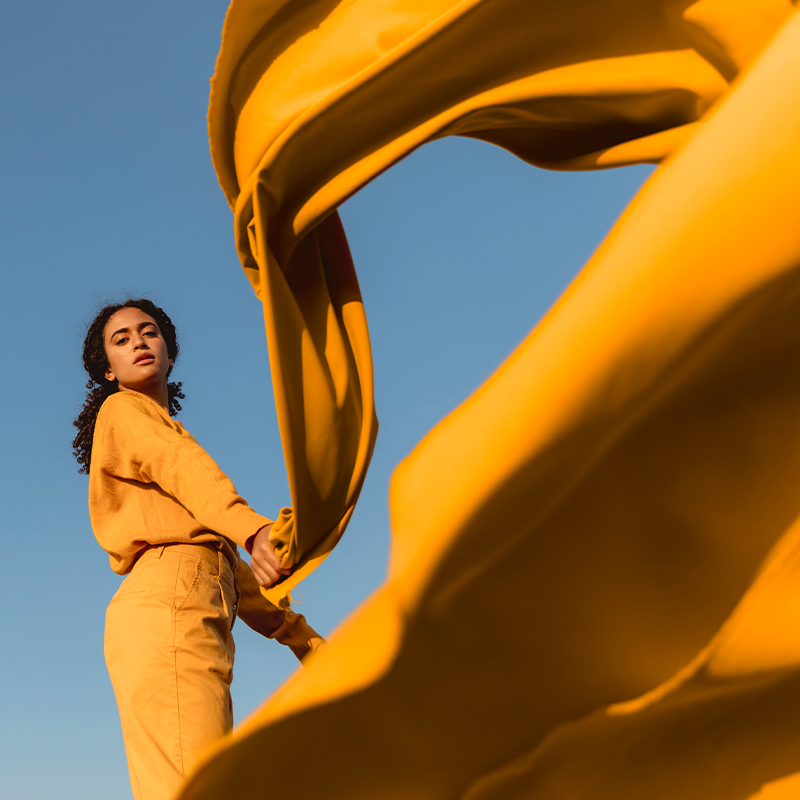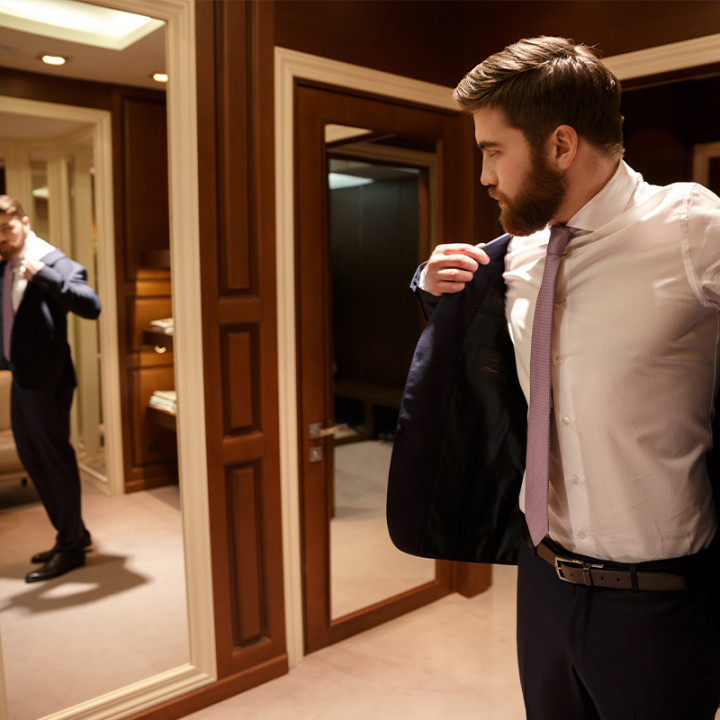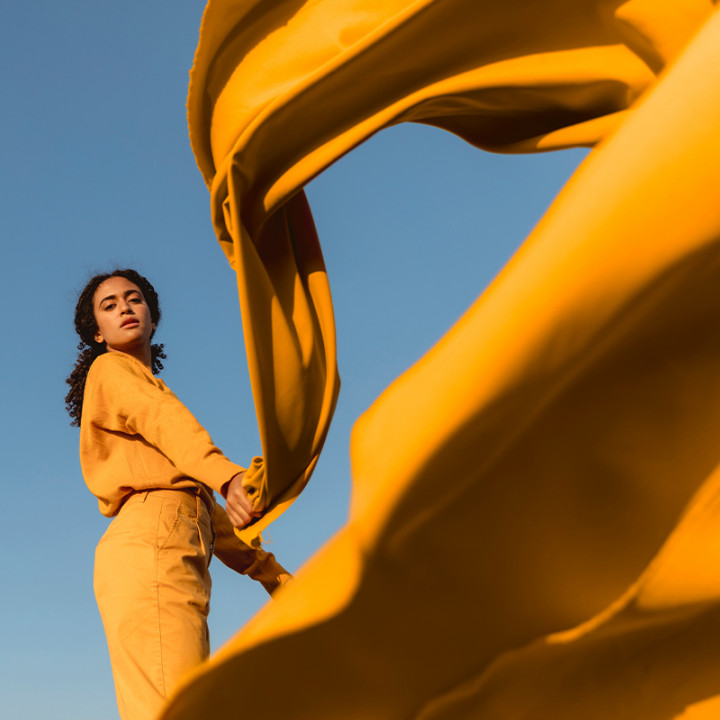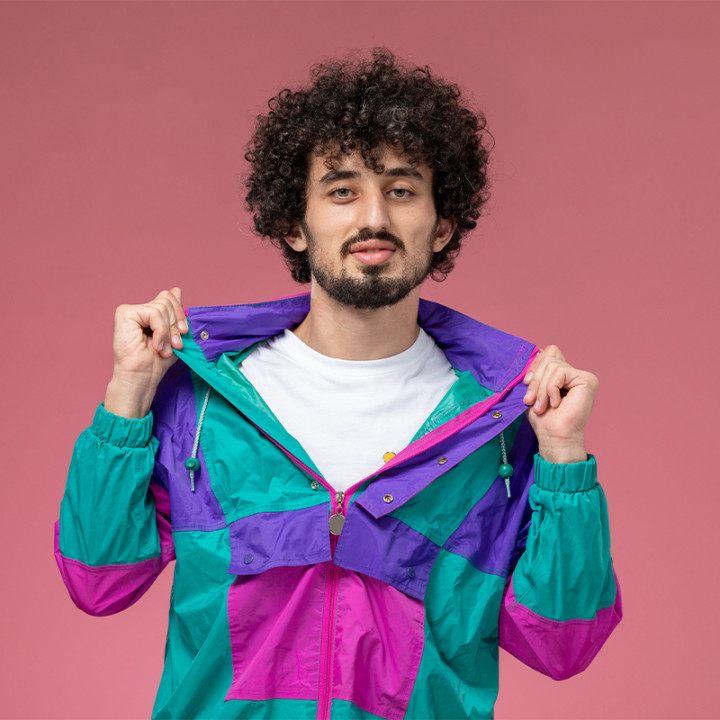
The Power of Monochrome in Rebellious Fashion
Monochrome is often misunderstood as minimal or understated, yet in the context of rebellious fashion, it becomes a language of intensity, clarity, and presence. A single color, explored in depth, offers a platform to manipulate form, texture, and volume, emphasizing structure and silhouette over distraction. In monochromatic styling, every fold, seam, and shadow gains heightened significance, allowing the wearer and designer to communicate intention without relying on contrasting hues. The power lies not in the simplicity of the palette but in the complexity of its expression, where subtle differences in material, density, and surface create layers of meaning.
The choice of tone within a monochromatic scheme profoundly impacts perception. Deep, dark shades evoke mystery, authority, and a sense of quiet rebellion, commanding attention through restraint rather than flamboyance. Lighter variations can suggest ethereality, precision, or introspection, offering a canvas for intricate layering and sculptural exploration. Designers working with monochrome pay meticulous attention to texture, manipulating matte, reflective, rough, and smooth surfaces to create visual tension and depth. This interplay transforms garments into dynamic statements, even in the absence of color contrast.
Silhouettes take center stage in monochrome fashion. Without the distraction of multiple colors, structural details - drapes, tucks, asymmetry, and angular forms - become amplified, drawing focus to movement, proportion, and posture. A monochrome outfit allows the wearer to inhabit their presence fully, as shapes and lines articulate identity and mood with precision. Shadows and light, interacting with folds and layers, further define the contours, creating dynamic compositions that evolve with movement. Monochrome styling, in this sense, is a tool for sculptural expression, allowing the body to become both subject and canvas.
Texture is equally critical in achieving emotional and aesthetic impact. Contrasting fabrics within a single color palette - soft against rigid, coarse against smooth, matte against reflective - create tension and interest, transforming uniformity into narrative complexity. The layering of textures generates depth, emphasizing the interplay between surface and form, and encouraging exploration from different angles. This approach allows monochrome fashion to remain bold, provocative, and engaging, even when visual diversity in color is intentionally absent.
Monochrome styling also encourages deliberate experimentation. By focusing on one color, designers and wearers explore unconventional shapes, proportions, and fabric manipulations. The absence of contrasting hues permits bolder decisions with draping, asymmetry, and deconstruction, emphasizing philosophy over ornamentation. In rebellious fashion, monochrome is not a constraint but a catalyst, compelling innovation and heightened awareness of every cut, fold, and silhouette. It challenges traditional notions of visual stimulation, proving that impact does not require a multitude of colors, but mastery over form and material.
Psychologically, monochrome fosters cohesion and intensity. It produces a visual uniformity that highlights individuality through form, texture, and gesture rather than palette. Wearing a single color consistently communicates confidence, decisiveness, and an understanding of subtlety. It allows personality and presence to emerge through nuances of design rather than overt decoration. In essence, monochrome styling transforms simplicity into a deliberate, powerful form of rebellion against conventional visual norms.
Monochrome also facilitates layering and interaction between garments. Subtle tonal differences in overlapping fabrics emphasize depth and dimension, creating a visual hierarchy within a single color. This practice accentuates the relationship between materials, folds, and volume, producing an intricate yet cohesive aesthetic. Even minimal ensembles gain richness and complexity through careful attention to shadow, proportion, and movement. The wearer becomes a living canvas, where every gesture animates the forms and textures that compose the overall identity.
Finally, monochrome in rebellious fashion embodies philosophy as much as aesthetic. It strips away distraction, forcing both creator and wearer to focus on intention, structure, and presence. Clothing becomes a medium of thought, a tool for articulating identity, and a vehicle for exploring contrasts between freedom and constraint, subtlety and intensity. Every seam, drape, and fold contributes to a deliberate expression, turning simplicity into poetry and restraint into a statement.
In conclusion, the power of monochrome lies in its ability to magnify form, texture, and intention. Within rebellious fashion, a single color becomes a lens through which identity, mood, and philosophy are articulated. By emphasizing silhouette, surface, and structure, monochrome transforms restraint into impact, demonstrating that visual subtlety can convey strength, rebellion, and sophistication simultaneously. In mastering monochrome, designers and wearers alike harness its capacity to elevate clothing from mere attire to expressive, intentional artistry.




